Haworthia Turgida
₨5,148.00 Original price was: ₨5,148.00.₨4,204.20Current price is: ₨4,204.20.
A small succulent that grows in rosettes of glossy light green leaves with a crystalline texture. The succulent does very well indoors with bright indirect light and grows up to a size of 4 inches. The leaf tips are curved and translucent at the top with green striations. In ideal conditions, the succulents produce white tubular flowers on upright wiry stems. Easy to maintain and giving fabulous look to your collection.
A small succulent that grows in rosettes of glossy light green leaves with a crystalline texture. The succulent does very well indoors with bright indirect light and grows up to a size of 4 inches. The leaf tips are curved and translucent at the top with green striations. In ideal conditions, the succulents produce white tubular flowers on upright wiry stems.
Lights, Water, Action
Get your plants ready to slay!

Light
Bright indirect sunlight

Watering
Water once a week

Where to grow
Bright Indoors

Maintenace
Low Maintenance

Special feature
Pet friendly
Plant Essentials
Fertilizer/ feed for the plant: The Haworthia Turgida plant thrives in a well-draining succulent potting mix. At the time of planting, add a good amount of cow dung manure or compost to the potting mix.
Repotting : Repot your haworthia once a year. This will ensure that your succulent gets fresh soil and ample room to grow.
Propagation : With time you will notice that your pot gets crowded with baby haworthias which are called pups. For propagation cut off these pups from the mother plant and place them in a different pot when the pups are one third the size of the mother plant.
Common Problems
1. Why is my Haworthia plant mushy?
If your Haworthia is completely mushy it is because of overwatering. Water your plant less frequently to avoid this.
2. Why are my haworthia leaves turning yellow?
Overwatering or under watering causes yellowing of the haworthia plant.
3. Why are the leaves turning red?
Leaves going red are a sign of stress due to too much light. Move it to a spot with indirect light to reverse the coloring.
Style and Decor
Light Requirements :Haworthias grow well in shaded areas. 3 to 4 hours of sunlight is enough for proper growth of your succulent. Although Haworthias can survive in full sunlight, grow it under some shade for better growth.
Locations :Haworthia can be grown both indoors and outdoors. An ideal spot for your succulent would be a window facing south where your plant gets ample amount of light.
Styling/decor tip :Add it to your work desks or corner tables to bring life to any space, we suggest teaming it up with a fun quirky pot . The erect, dense, and fleshy leaves of the Haworthia can give an instant facelift to your living room, balcony, shelf, or your center table. It is also a great bedroom plant!
Be the first to review “Haworthia Turgida” Cancel reply
You must be logged in to post a comment.
Only logged in customers who have purchased this product may write a review.
See some of our delivered orders by Clicking here
Applicable on Plants Only: As plants are diverse in appearance, the image is for reference. The plant delivered may vary in size. Price is according to the plant size delivered.
"For Plants Only " All our plants come in living room ready condition in a high quality plastic pot. See The PotRelated products
Air Purifiers Packs
Indoor Plants
Money Plants
Indoor Plants
Air Purifiers Packs
Low Maintenance Indoor Plants Bundle Ideal for Home Decoration
Air Purifiers Packs


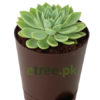
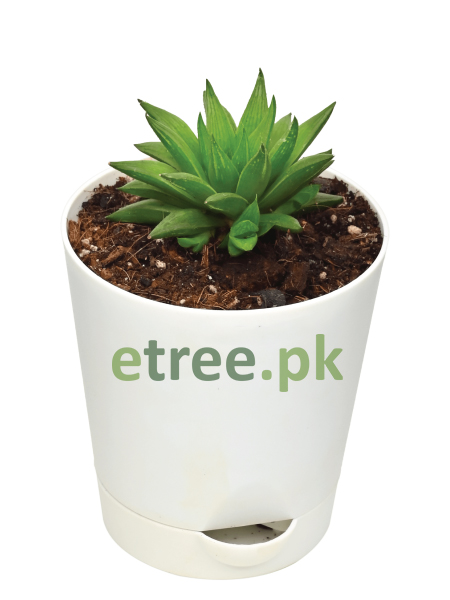

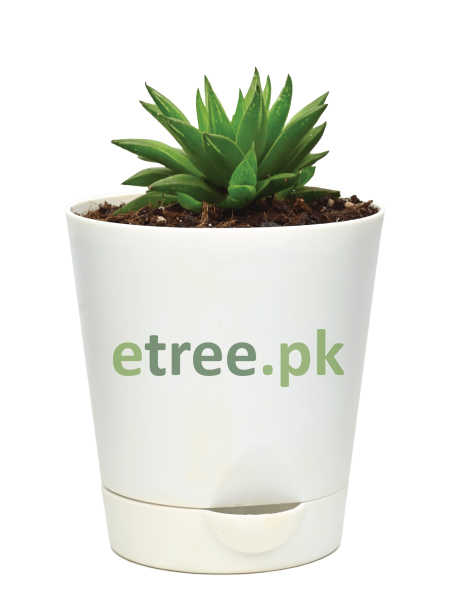
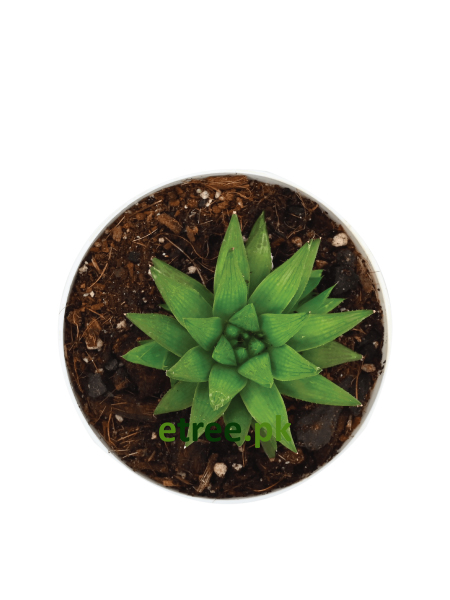
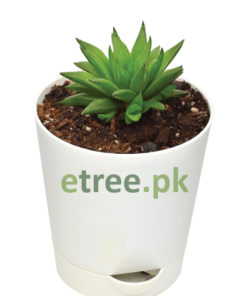
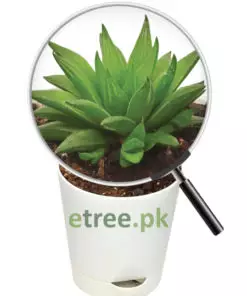
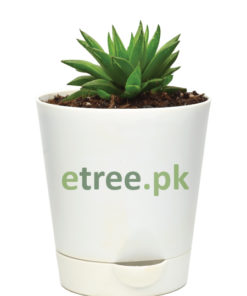
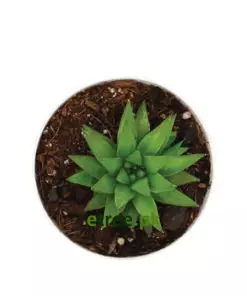
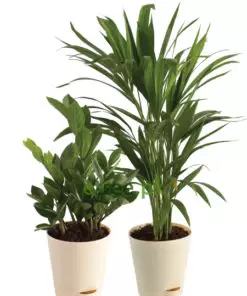

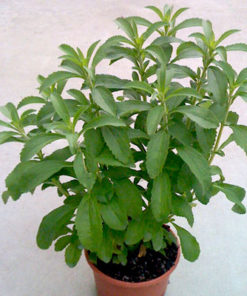
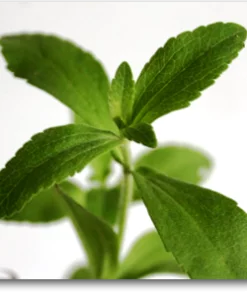
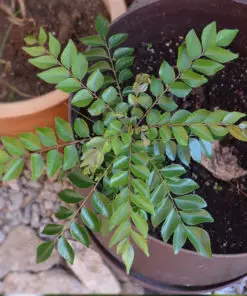
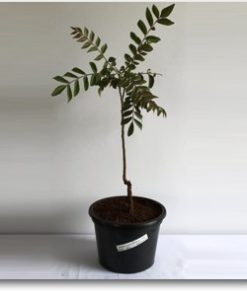
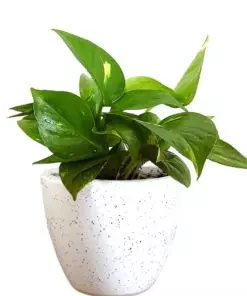
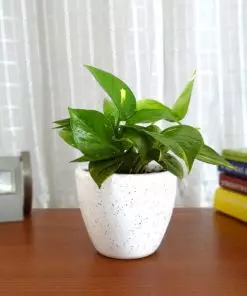
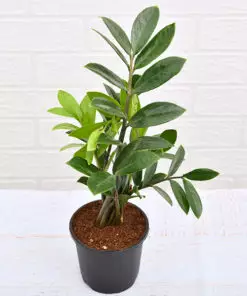
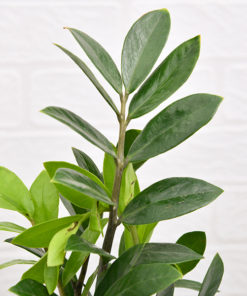
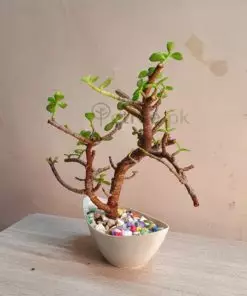
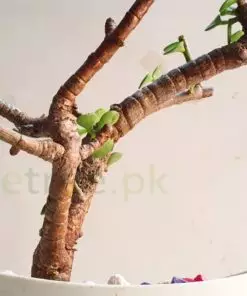
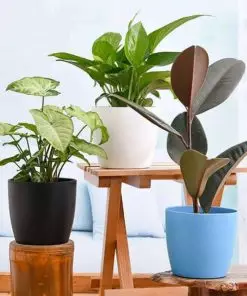
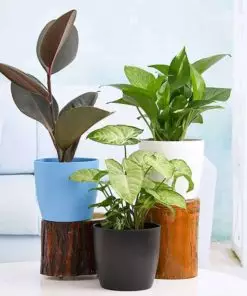


Reviews
There are no reviews yet.